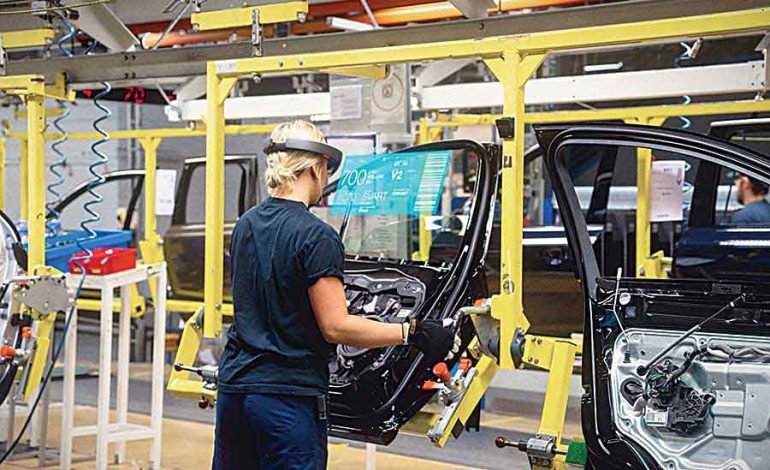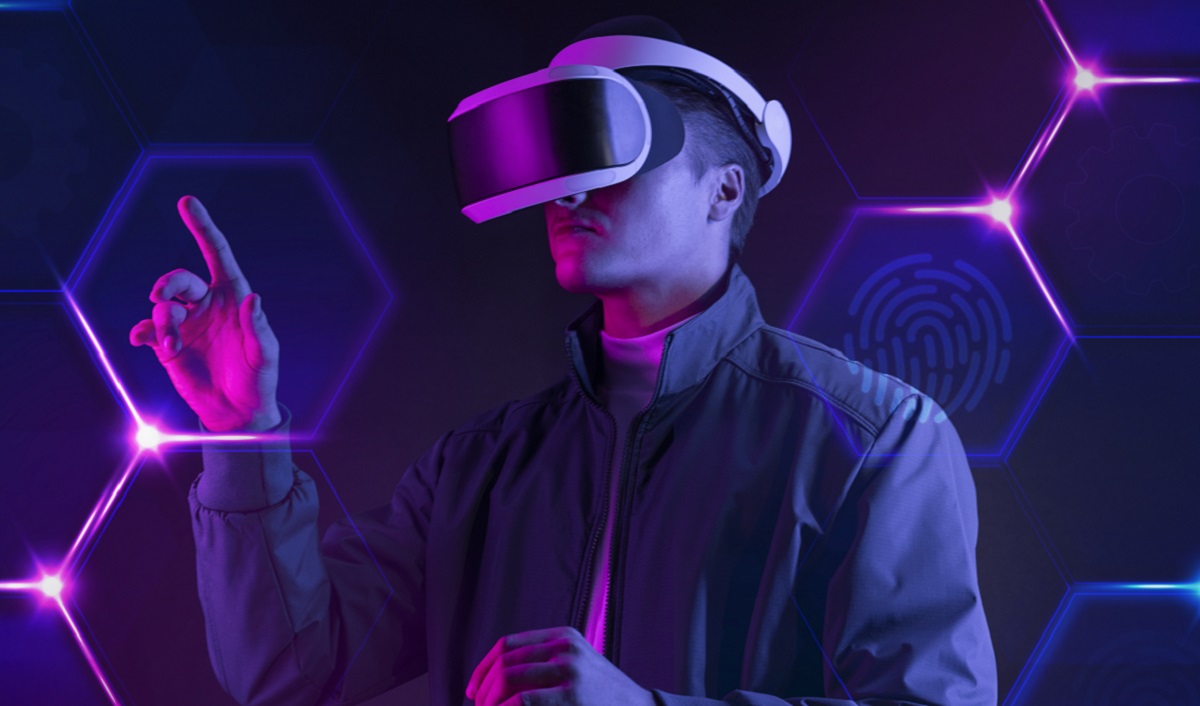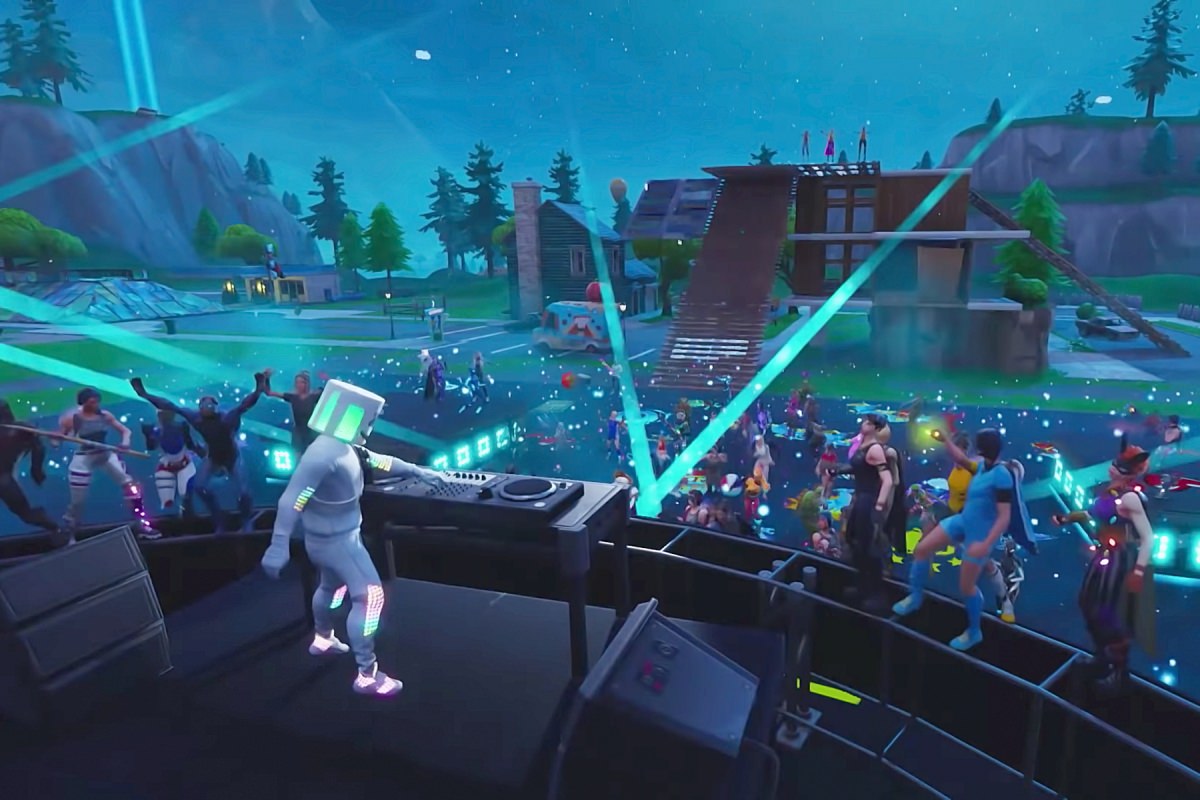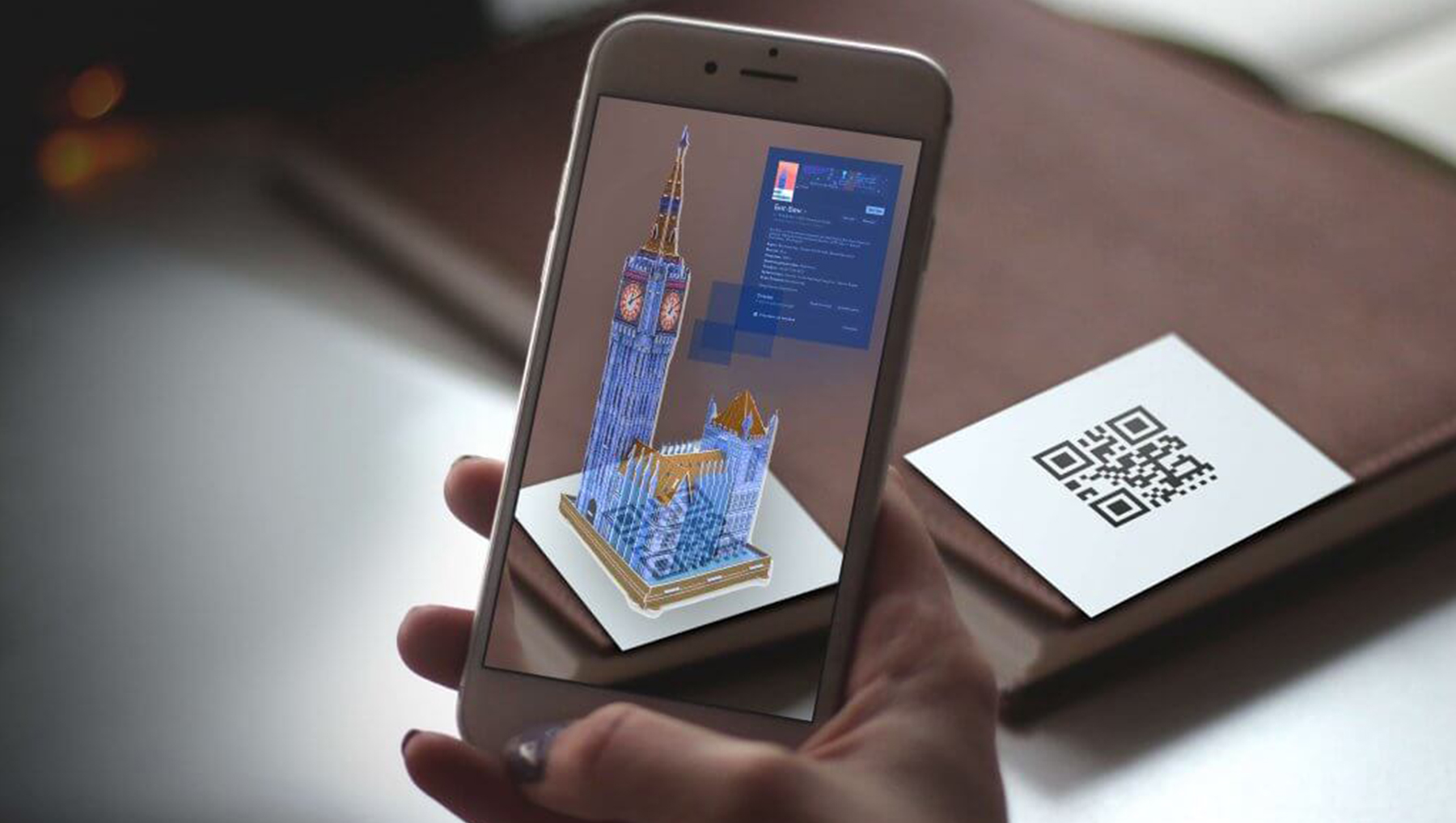How does mixed reality expand on augmented reality?
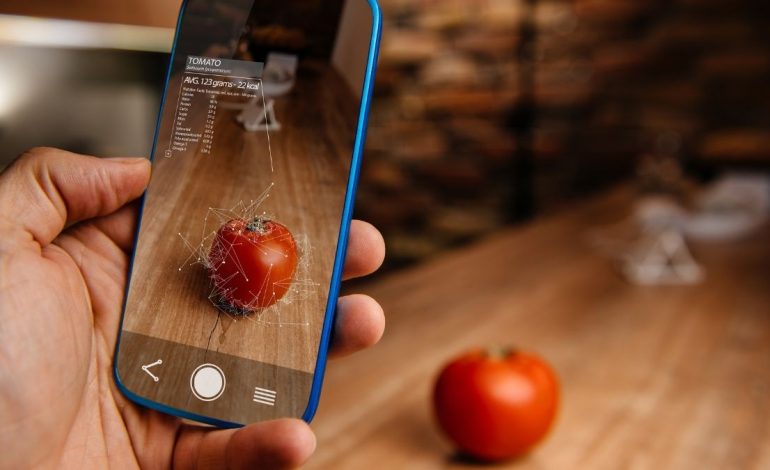
Mixed reality is a concept that combines elements of both augmented and virtual reality. It’s an emerging technology that has the potential to revolutionize the way we interact with the world around us. In this blog post, we will explore how mixed reality expands on the capabilities of augmented reality and how it can be used in various applications. By combining augmented reality with virtual reality, mixed reality allows for a more immersive and interactive experience. We will explore the potential of mixed reality and how it can enhance the user experience in various ways.
What is augmented reality?
Augmented reality (AR) is a technology that overlays digital information, such as images, videos, or 3D models, onto the real world. It uses computer vision, sensors, and cameras to track the user’s surroundings and integrate virtual elements seamlessly into the physical environment. AR enhances the user’s perception and interaction with the natural world by providing additional information or virtual objects that appear to coexist with their physical surroundings.
One of the most common examples of augmented reality is using AR filters in social media platforms, where users can add virtual effects to their photos or videos in real time. Another popular application of AR is in gaming, where players can interact with virtual characters or objects within their physical environment.
Augmented reality differs from virtual reality (VR) in that it does not replace the real world with an entirely virtual one. Instead, it enhances the real world with digital content. This allows users to maintain a connection with their surroundings while still benefiting from the added virtual elements.
AR technology is rapidly advancing, and its potential applications are vast. From education and healthcare to retail and manufacturing, augmented reality has the power to transform various industries by providing innovative and immersive experiences.
What is mixed reality?
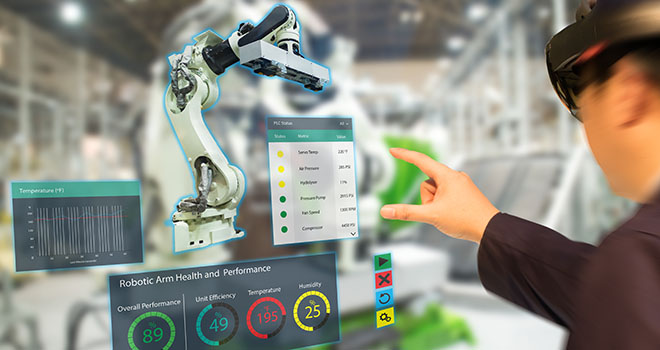
Mixed reality (MR) is a technological concept that takes augmented reality to the next level. While augmented reality overlays digital elements onto the real world, mixed reality seamlessly integrates virtual content into the physical environment, creating an immersive and interactive experience. MR combines augmented and virtual reality best, allowing users to interact with virtual objects as if they were part of the real world.
In mixed reality, users wear headsets that track their movements and map their surroundings in real time. This allows virtual objects to respond to physical obstacles and interact with the user and their environment. For example, in a mixed-reality game, a virtual character could walk behind an actual table or hide behind a solid chair, giving the illusion that the virtual and real worlds are merging.
Mixed reality has incredible potential across various industries. In architecture and design, architects can visualize and interact with virtual models of their buildings, exploring them from all angles before construction begins. Surgeons can use MR to practice complex procedures and train in a safe virtual environment. The possibilities are endless, and as technology advances, we can expect mixed reality to transform how we perceive and interact with our world.
How do they differ from each other?
Augmented reality (AR) and mixed reality (MR) are similar concepts that blend virtual elements with the natural world but have some key differences.
In augmented reality, virtual content overlaps the real world, providing additional information or objects that appear to coexist with the user’s surroundings. It enhances the user’s perception and interaction with the natural world without replacing it entirely. For example, users can use AR filters on social media to add virtual effects to their photos or videos or interact with virtual characters in gaming.
On the other hand, mixed reality takes this concept a step further. MR seamlessly integrates virtual content into the physical environment, creating a more immersive experience. Virtual objects can interact with physical obstacles and respond to the user’s movements, blurring the line between the real and virtual worlds. This allows for more realistic and interactive experiences, such as exploring virtual architectural models from all angles or practicing complex surgical procedures in a safe virtual environment.
While augmented reality enhances the real world with virtual elements, mixed reality goes beyond that by merging the virtual and real worlds, offering a new level of immersion and interaction.
Benefits of mixed reality over augmented reality

Regarding mixed reality (MR) versus augmented reality (AR), several benefits make MR a more immersive and interactive experience. First and foremost, mixed reality seamlessly integrates virtual content into the physical environment, blurring the line between the real and virtual worlds. This level of integration allows for more realistic and interactive experiences, enhancing the user’s sense of presence and immersion.
Another benefit of mixed reality is the ability of virtual objects to interact with physical obstacles and respond to the user’s movements. This adds a whole new level of realism and interactivity to the experience. Whether it’s a virtual character hiding behind an actual chair or a virtual model of a building reacting to changes in lighting or weather conditions, mixed reality provides a more dynamic and engaging experience.
Additionally, mixed reality allows for more complex and intricate interactions with virtual objects. With augmented reality, the virtual content is typically limited to overlays and enhancements. However, in mixed reality, users can manipulate and interact with virtual objects as if they were real. This opens up possibilities regarding creativity, education, and problem-solving.
Overall, the benefits of mixed reality over augmented reality lie in its ability to create a more immersive, interactive, and realistic experience. As technology advances, we can expect mixed reality to revolutionize how we interact with our environment and unlock new possibilities in various industries.
Challenges with implementing mixed reality
Implementing mixed reality (MR) presents several challenges that must be overcome to realize its potential fully. One of the main challenges is the hardware requirement. MR headsets can be bulky and uncomfortable to wear for extended periods. Additionally, the technology behind MR is still evolving, and as a result, the hardware and software needed for a seamless MR experience can be expensive.
Another challenge is the development of realistic virtual content. Creating virtual objects seamlessly blending into the real world and responding realistically to physical obstacles and user interactions requires advanced programming and design skills. This can be a time-consuming and complex process.
Additionally, integrating MR into existing infrastructure and workflows can be a challenge. Industries such as healthcare and manufacturing may need to update their systems and processes to accommodate MR technology. Training and education will also be necessary to ensure users can effectively utilize and benefit from MR technology.
Finally, privacy and security concerns may arise with the use of MR. As MR often requires capturing and analyzing real-time data about users’ environments, there is a need to address potential privacy risks and ensure that data is securely handled.
Despite these challenges, the potential benefits of MR make it an exciting technology worth pursuing. These challenges can be overcome with further advancements and innovation, leading to a future where MR is seamlessly integrated into our daily lives.
The future potential of mixed reality
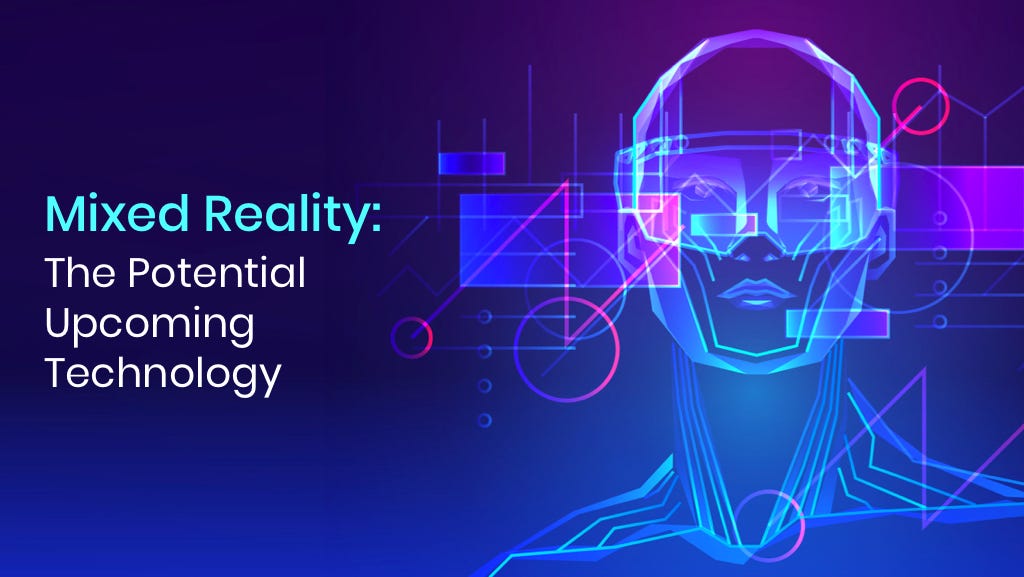
Mixed reality (MR) has a promising future with countless possibilities for transforming our interactions with our world. As technology continues to advance, the potential for MR is vast and exciting.
One area where MR shows excellent potential is education. Imagine students being able to explore ancient historical sites or visit distant planets virtually and interactively. MR can provide immersive learning experiences beyond traditional textbooks and lectures, making education more engaging and accessible.
MR can revolutionize training for surgeons and medical professionals in the healthcare industry. Surgeons can practice complex procedures in a virtual environment, improving their skills and reducing patient risk. MR can also aid in telemedicine, allowing doctors to provide remote consultations with the help of virtual objects and simulations.
Furthermore, MR can create new and captivating user experiences in the entertainment industry. Imagine attending a live concert where virtual artists perform alongside real ones or stepping into a movie where you can interact with the characters and influence the storyline.
In design and architecture, MR can enable architects and designers to visualize and manipulate virtual models in real-world environments. This can enhance the design process, improve communication, and allow for better-informed decision-making.
The future potential of mixed reality is genuinely limitless. With further advancements in hardware, software, and content creation, we can expect MR to continue to push boundaries and reshape our interactions with technology and the world around us. It’s an exciting time to be at the forefront of this emerging technology and witness the incredible possibilities that mixed reality holds.

